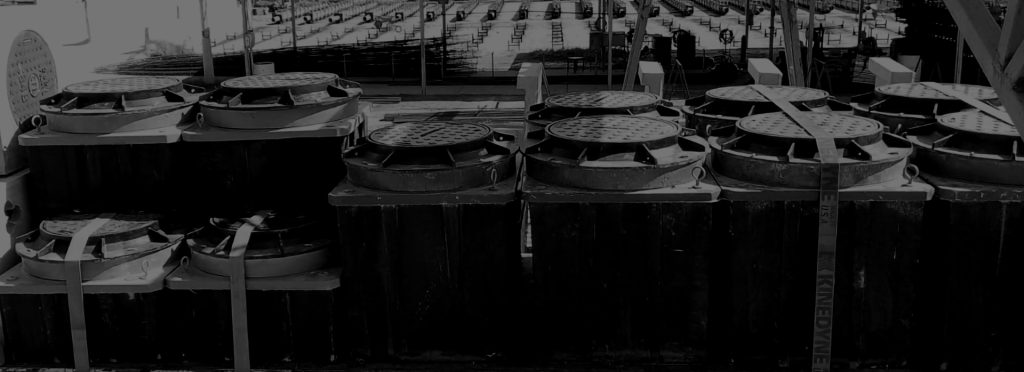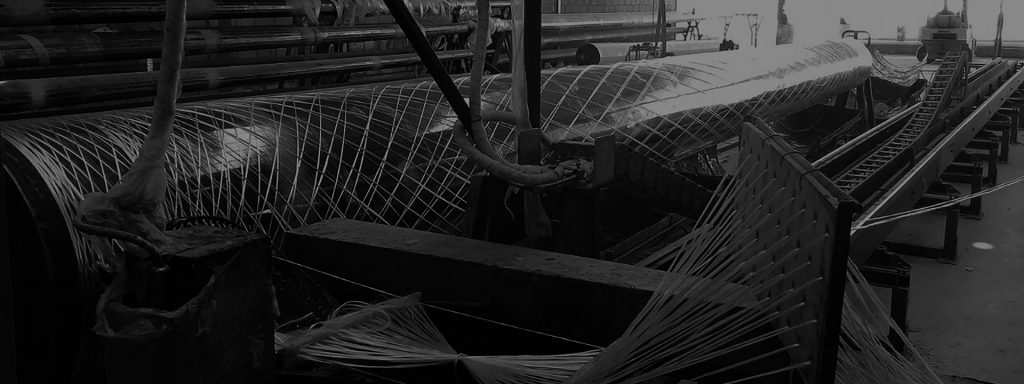In today’s world, much of the “magic” that keeps cities alive happens below the surface. Utility vaults play a critical role in this hidden landscape, providing controlled access to electrical systems, telecommunications cables, water valves, and other essential components.

Fiberglass Utility Vaults
What are fiberglass utility vaults?
Unlike traditional concrete or steel vaults, fiberglass utility vaults are manufactured using fiber-reinforced polymer (FRP) composites. These are lightweight yet durable materials that combine glass fibers with a resin matrix. The result is a vault that is strong, non-corrosive, and easy to handle.
Think of them as the “next-generation” alternative to heavy concrete vaults — designed to deliver the same functionality with added benefits in installation and long-term performance.
Key Advantages of Fiberglass Utility Vaults
1. Lightweight Installation
One of the most significant benefits of fiberglass utility vaults is their lightweight nature compared to concrete. A vault made of reinforced concrete may require heavy cranes, specialized trucks, and large crews to move and position it on-site. By contrast, fiberglass vaults are often light enough to be handled with smaller equipment, or even manually in some cases.
This translates into multiple practical advantages:
- Easier logistics: Transportation is simpler and less costly because lighter loads require smaller trucks.
- Reduced labor costs: Smaller teams can manage installation, minimizing workforce expenses.
- Time savings: In crowded cities where street closures are expensive and disruptive, faster placement means less downtime and fewer traffic delays.
The combination of speed, cost savings, and flexibility makes fiberglass an attractive choice for projects with strict timelines.
2. Corrosion Resistance
Concrete and steel vaults, though strong, are susceptible to corrosion and chemical attack. For example, concrete can crack and absorb water, leading to steel reinforcement corrosion and structural degradation.
Fiberglass, on the other hand, is non-corrosive and highly resistant to:
- Saltwater and coastal air: Perfect for seaside towns where salt accelerates rust in traditional materials.
- Industrial chemicals: Suitable for refineries, wastewater treatment plants, or chemical processing facilities.
- High groundwater conditions: Prevents deterioration where vaults are constantly in contact with wet soil.
This durability ensures that fiberglass vaults maintain integrity and protect critical infrastructure in places where traditional vaults would fail prematurely.
3. Durability and Longevity
Fiberglass utility vaults are built to stand the test of time. Unlike concrete, they don’t spall, crack, or crumble when exposed to freeze-thaw cycles. Their smooth, non-porous surfaces keep out water and contaminants, reducing the risk of infiltration.
Because they resist the common forms of degradation, fiberglass vaults typically require minimal maintenance over their service life. Fewer repairs, replacements, and interruptions translate into lower life-cycle costs — an important factor for municipalities and utility providers that manage large networks.
4. Safety Benefits
Safety is always a top priority when dealing with underground utilities. Fiberglass utility vaults offer an additional layer of protection because they are often non-conductive.
Why does this matter?
- In electrical applications, workers face reduced risk of accidental electrocution.
- Non-conductivity also helps prevent step potential hazards, where differences in voltage can create dangerous conditions around metallic vaults.
- Telecom vaults benefit from improved reliability, as non-conductive vaults reduce risks of electrical interference with sensitive communication systems.
This property makes fiberglass vaults particularly appealing for environments where worker safety and system reliability are paramount.
5. Customization and Modularity
Another standout advantage of fiberglass utility vaults is their design flexibility. Manufacturers can mold vaults with pre-formed openings, conduit entries, or other tailored features.
This provides key benefits:
- Project-specific solutions: Vaults can be adapted to exact dimensions or shapes needed for a given site.
- Reduced field modifications: Because the vault comes ready with built-in features, contractors spend less time cutting or drilling on-site.
- Modular expansion: Fiberglass vaults can be stacked or adjusted with risers, allowing utilities to scale the vault size as infrastructure demands grow.
This adaptability means engineers don’t have to compromise between standardization and project-specific requirements — fiberglass can deliver both.

Typical Applications of Fiberglass Utility Vaults
1. Telecommunications
In modern telecom networks, fiberglass utility vaults play a crucial role in protecting critical components like fiber optic distribution hubs, junction boxes, and network nodes. Because telecom infrastructure often needs to be installed in congested urban environments, lightweight fiberglass vaults make installation faster with less disruption to traffic and businesses.
Other advantages in telecom use:
- Non-conductive properties help minimize electrical interference with sensitive communication equipment.
- Customizable conduit entries allow for multiple cable routes, making future expansions or upgrades easier.
- Moisture resistance ensures reliability by protecting delicate fiber optic connections from water infiltration.
For companies expanding 5G or broadband networks, fiberglass vaults are a proven solution that balances durability with adaptability.
2. Electrical Distribution
Fiberglass utility vaults are widely used for medium- and low-voltage power equipment, offering a safe and durable enclosure. Their non-conductive walls add a vital safety layer for workers, reducing risks of accidental electrocution compared to metallic enclosures.
Common electrical applications include:
- Underground transformer housings for residential and commercial areas.
- Switchgear and junction points where electrical lines branch or transition.
- Cable splicing chambers that require a clean, dry, and safe environment.
Additionally, their resistance to corrosion means they are ideal in regions with high groundwater tables or harsh soil conditions, where concrete vaults would deteriorate quickly.
3. Water Utilities
Municipalities and private water providers often choose fiberglass vaults to protect equipment such as valves, flow meters, or sensors. Since water systems are frequently buried in soil with high moisture content, fiberglass’s non-porous, corrosion-resistant properties help ensure long-term performance.
Key advantages in water utility applications:
- Prevents rust and chemical degradation around sensitive monitoring devices.
- Keeps access points dry, which is critical for accurate meter readings.
- Can be manufactured with easy-access hatches for regular maintenance and inspections.
Fiberglass vaults are especially beneficial for irrigation systems, stormwater management, and municipal water distribution, where reliability and easy service access are top priorities.
4. Industrial Environments
In heavy-duty industrial settings such as chemical plants, refineries, or wastewater treatment facilities, conditions are often too aggressive for concrete or steel vaults. Exposure to acids, solvents, fuels, and other harsh substances can cause conventional materials to break down rapidly.
Fiberglass vaults excel here because:
- They resist a broad spectrum of chemical attacks.
- They maintain strength and integrity even under continuous exposure to corrosive agents.
- They can be customized with special linings or coatings for additional protection.
This makes them the preferred choice for facilities where equipment reliability is mission-critical, and downtime due to vault failure would be costly or dangerous.
Industry trends
Many utility providers are testing or gradually adopting fiberglass vaults where long-term durability outweighs upfront cost. The move aligns with broader industry goals of reducing lifecycle costs and adapting to harsh environmental conditions.
In places with high groundwater tables or aggressive soils, fiberglass is quickly proving to be a more resilient solution than conventional materials.

 Eléctrica
Eléctrica
 Telecomunicaciones
Telecomunicaciones
 Alumbrado público
Alumbrado público
 Hidráulica
Hidráulica

